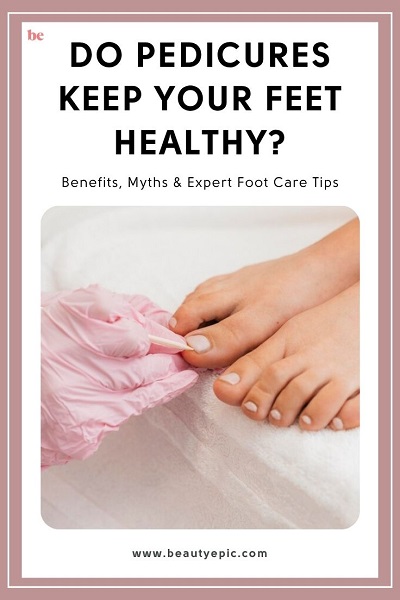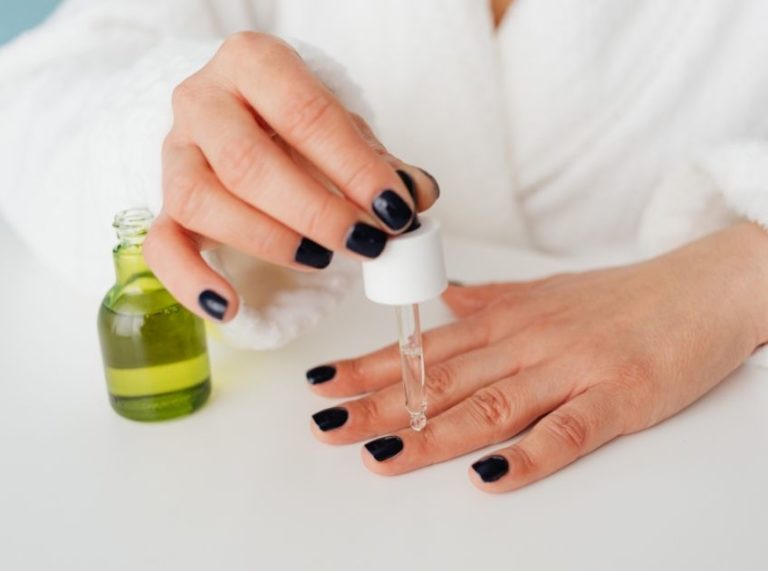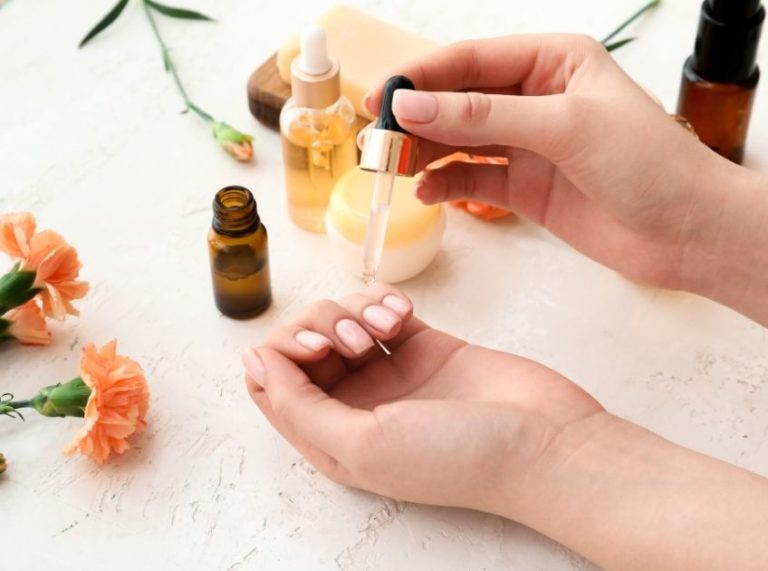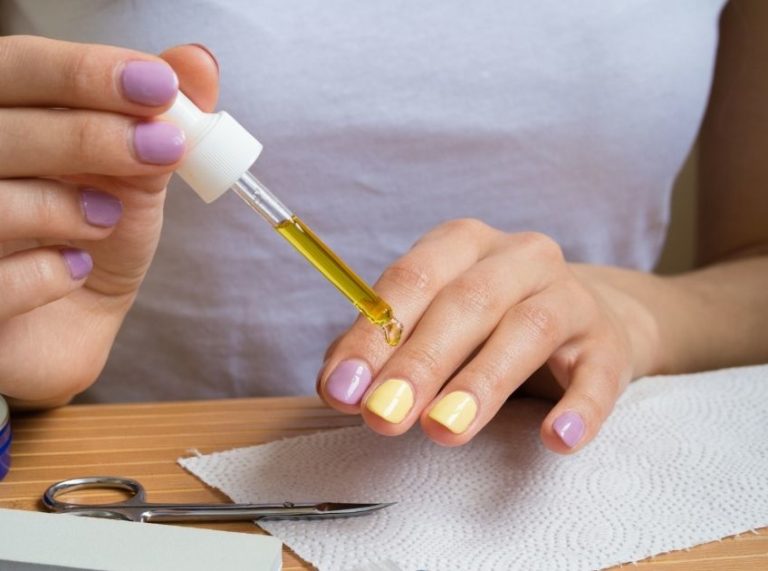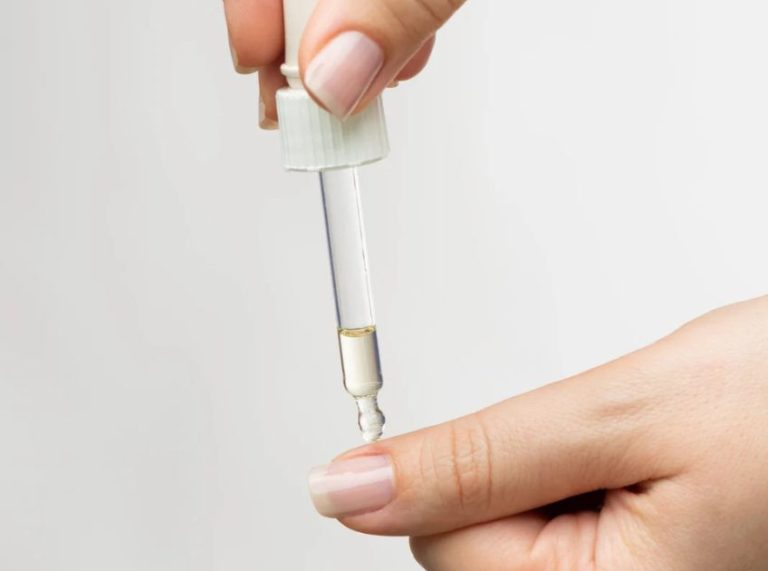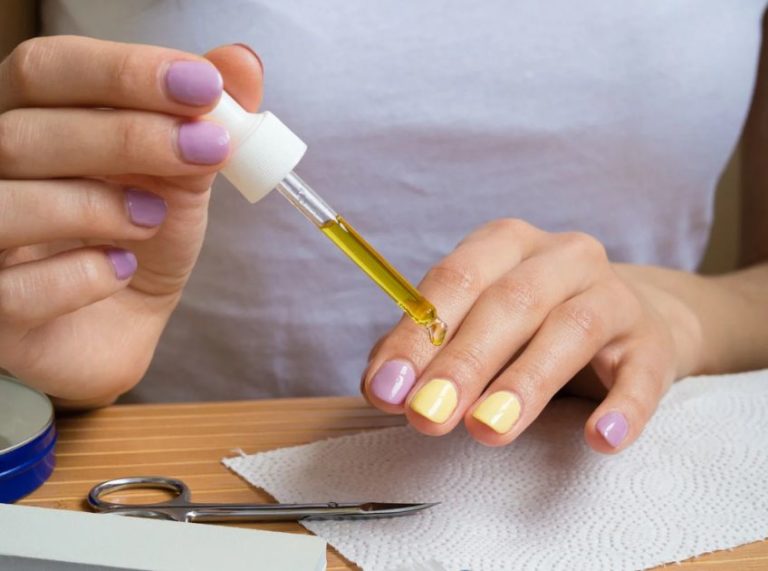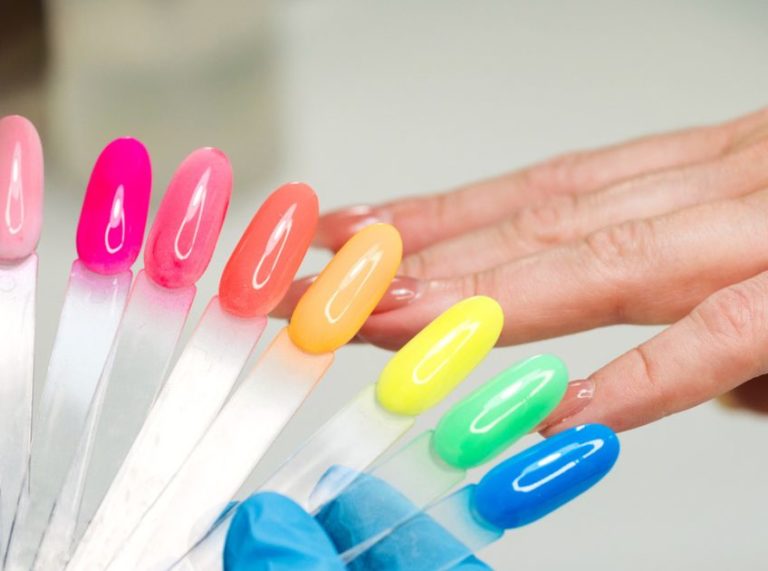
Important: This article is for informational purposes only. Please read our full disclaimer for more details.
Maintaining healthy feet often takes a backseat to other aspects of self-care, but here’s the truth: your feet carry you through life, and they deserve proper attention. Pedicures, often seen as just a beauty indulgence, actually play a significant role in foot health when done right.
So, do pedicures keep feet healthy? Let’s explore what the science and foot care experts say.
Why Foot Health Deserves More Attention
Your feet endure tremendous daily stress, supporting body weight, absorbing shock, and maintaining posture. Neglecting them can lead to issues like:
- Calluses and corns
- Ingrown toenails
- Cracked heels and fungal infections
- Poor circulation
Regular foot care isn’t just for looks—it’s essential for overall mobility and wellness.
Pedicure Basics: More Than Pretty Toes
A pedicure isn’t just about painting nails. A well-executed pedicure involves:
- Soaking the feet
- Trimming and shaping nails
- Removing dead skin and calluses
- Moisturizing and massaging
- Monitoring for signs of foot conditions
When done hygienically, pedicures can help prevent common foot problems.
Top Health Benefits of Pedicures
Here’s how regular pedicures can genuinely boost your foot health:
1. Improves Circulation
The massage component of a pedicure helps stimulate blood flow in the feet and lower legs. Poor circulation—especially in diabetics and older adults—can lead to pain, swelling, or even ulcers. Gentle massage enhances oxygen delivery and reduces stiffness.
2. Prevents Nail Disorders
Nail trimming, cleaning, and filing help prevent painful ingrown toenails and thickened nails. A licensed professional can also spot early signs of fungal infections or nail trauma.
3. Eliminates Dead Skin and Calluses
Scrubbing and exfoliation help remove layers of hardened dead skin, which, if left untreated, can crack and become infected. Smoother heels aren’t just a cosmetic perk—they’re a health necessity.
4. Moisturizes and Softens Skin
Regular moisturization through lotions or foot masks prevents dryness, itchiness, and cracking. Hydrated skin improves barrier function and resilience against infections.
5. Early Detection of Issues
Trained nail techs or podiatrists may spot signs of fungal infections, blisters, bunions, or warts early, allowing for quicker treatment before they worsen.
The Science Behind It
Studies have found that routine foot care—especially among diabetic and elderly patients—helps reduce the risk of ulcers, infections, and mobility limitations. According to a review published in Diabetes Spectrum, proper foot care can lower hospitalization risks by over 50% in diabetic patients (1)(2).
Moreover, research published in the Journal of Cosmetic Dermatology emphasized the importance of removing keratin buildup and exfoliating regularly to improve both appearance and foot health (3).
Common Myths About Pedicures
Let’s debunk a few misconceptions:
- “Pedicures are just for women.”
Not true. Men and women alike benefit from foot care. Male clients are increasingly seeking pedicures for both health and comfort.
- “Salon pedicures are always safe.”
Only if proper sanitation is practiced. Instruments must be sterilized between clients, and foot baths cleaned thoroughly to avoid bacterial or fungal transmission.
- “You don’t need a pedicure if your feet don’t hurt.”
Preventive care is far better (and less expensive) than treatment after a problem arises.
When to Avoid a Pedicure
There are times when you should skip the salon or take special precautions:
- Open cuts, blisters, or infections
- Uncontrolled diabetes or circulatory issues
- Fungal nail infections (should be treated medically first)
- If the salon does not follow proper hygiene practices
If unsure, consult a podiatrist before booking a pedicure.
At-Home Pedicures: A Safe Alternative
If salon visits aren’t your thing, you can still enjoy the health benefits of pedicures from the comfort of home. Here’s a simple weekly foot care routine:
You’ll Need
- Warm water basin
- Epsom salts
- Pumice stone or foot file
- Nail clipper and file
- Moisturizing foot cream
- Optional: antifungal foot powder or oil
Steps
- Soak your feet for 10–15 minutes.
- Gently exfoliate with a pumice stone.
- Trim nails straight across, then file.
- Massage with a rich foot cream or oil.
Pro Tip: Avoid cutting cuticles at home—just push them back gently after soaking to prevent damage.
Expert Tips for Healthy Feet All Year Round
- Choose breathable footwear to reduce sweat and fungal risk
- Change socks daily and keep feet dry
- Inspect your feet weekly, especially if you have diabetes
- Don’t ignore pain, redness, or swelling—seek help early
- Stay hydrated to maintain skin elasticity and softness
Final Verdict: Do Pedicures Keep Feet Healthy?
Yes—when done correctly and hygienically, pedicures are a powerful part of a comprehensive foot care routine. They not only keep your feet looking clean and attractive but also help prevent common foot problems, boost circulation, and even detect early warning signs of more serious issues.
Think of pedicures as more than pampering—they’re an act of preventive health care for your hardest-working body part.
